5 local plants you'd never guess are invasive
/Become an expert at spotting and stopping these invasive plants
Have a look around your backyard and you'll probably find an invasive plant, or more likely, you'll find several of them. Hence the term "invasive."
Invasive plants, many of which were introduced to our area from elsewhere — other states, countries, or continents — are plants that are harmful to the environment.
Invasive plants from foreign environments don’t have natural predators and can quickly take over the landscape. They hog the nutrients in the soil, soak up all the sunlight, kill native plants, and destroy wildlife habitat.
What's more, invasive plants are also bad news for our local rivers and streams. They can kill native trees, even large, well-established ones, which are crucial in the fight for clean water. Trees stabilize stream banks and prevent harmful sediment and pollution from entering waterways.
There are dozens of invasive plants in our area. And some will definitely surprise you. Learn how to spot 5 invasive plants and what you can do to prevent them from spreading.
Amur and Morrow’s honeysuckle (bush honeysuckle varieties)
Say it ain’t so! It’s true. The succulent smell synonymous with summer in our region is probably coming from an invasive plant.
How did it get here? Both varieties were imported in the 1800s for ornamental planting and soil erosion control. The same is true of the Japanese honeysuckle, which is the most common ornamental vine.
How do I get rid of it? Young plants can be pulled by hand; larger plants should be cut repeatedly. These tenacious plants may need herbicide application to be totally eradicated.
What should I plant instead? Native honeysuckle, such as American fly honeysuckle, swamp fly-honeysuckle, and mountain fly honeysuckle.
English Ivy
It looks great creeping up the walls of an English manor, less nice when it is smothering some of our favorite native trees in places like Rock Creek Park.
How did it get here? It was brought over in the mid-1700s by European colonists. It's still widely sold in nurseries as an ornamental ground cover.
How do I get rid of it? Step 1. Don’t plant it! Step 2. Tell your friends, neighbors, family, coworkers, strangers on the bus, not to plant it!
Individual vines can be pulled when they are wet or can be raked up with a heavy duty rake. If it is already creeping up a tree, don’t pull it off the bark; you can damage the bark that way. Instead, use pruners to clip the vines around the base of the tree and then rake up the ivy on the ground. Be sure to dispose of the ivy, so it doesn’t re-root.
What should I plant instead? Try creeping phlox or Allegheny spurge for evergreen ground cover.
Princess Tree
But, it's so pretty! It may be beautiful, but it can overtake native plants and trees in forests and along stream banks.
How did it get here? The princess tree was imported to Europe from Central and Western China by the Dutch East India Company and then on to North America in the mid-1800s.
How do I get rid of it? This tree is still commonly sold, so don’t buy it. Young plants can be pulled by hand and larger trees must be cut down prior to seed formation.
What should I plant instead? Try a serviceberry. You can even make delicious muffins from the berries if you can get to them before the birds.
Common daylily
tiger lily invasive plant
Them too?! They don’t call it common for nothing but, unfortunately, this popular flower forms dense patches that displace native plants.
How did it get here? Also known as a tiger lily, they were introduced in the late 19th century as an ornamental plant. They quickly became ubiquitous in North American gardens because of their showy flower, hardiness, and ability to spread; exactly what makes them such a dangerous invasive species.
How do I get rid of it? Sorry to sound like a broken record but, don’t plant it! You can dig up existing plants with a shovel to loosen the root system and then remove the tubers. Make sure to dispose of them bagged and in the trash and NOT in your compost pile or they will come back.
What should I plant instead? Native lilies! The Canada lily, wood lily, and Turk’s cap lily are all good options.
Japanese Stiltgrass
This is a tricky one because it looks like several native grasses. Be on the lookout for an asymmetrical leaf with a shiny midrib and a stilt-like growth form.
How did it get here? Whoops! This one was an accident. It likely escaped in Tennessee when it was used as packing material for porcelain in the early 1900s.
How do I get rid of it? Once you know it is not a native look-alike, you can pull it by hand. Don’t pull this plant if it is flowering because that will spread the seeds and do more harm than good. Instead cut the plant back using a mower or weed whip. You may have to use herbicides if the infestation is bad.
What should I plant instead? Once you remove Japanese stiltgrass, you can plant native plants suitable for the specific conditions. The National Park Service puts out a handy guide for native plants for wildlife and conservation landscaping in the Chesapeake region.
Invasives FAQ
Are all non-native plants invasive?
Nope! The technical definition of an invasive is an alien species whose introduction, whether intentional or not, is likely to cause harm to the environment, economy, or human health.
The US Fish and Wildlife Service says, “Non-native plants are fundamental to our lifestyle — most of our food crops, such as potatoes and wheat, are not native to the United States. Invasive species, however, are exotic organisms that have gone beyond being useful and have become harmful.”
How do I know what’s what?
The National Park Service and US Fish and Wildlife Service puts out an easy to use guide to invasive species common in the Mid-Atlantic area.
What's being done to stop invasive plants?
In May, the National Park Service announced that it is creating the first-ever region-wide management plan to combat invasive plants in our local parks. It's a good first step. But they're going to need lots of volunteers to help, which is where you come in!
How can I help?
Local organizations, like Rock Creek Conservancy, host invasive removal events in area parks. You can also become a Weed Warrior and after some training lead your own invasive removal events.





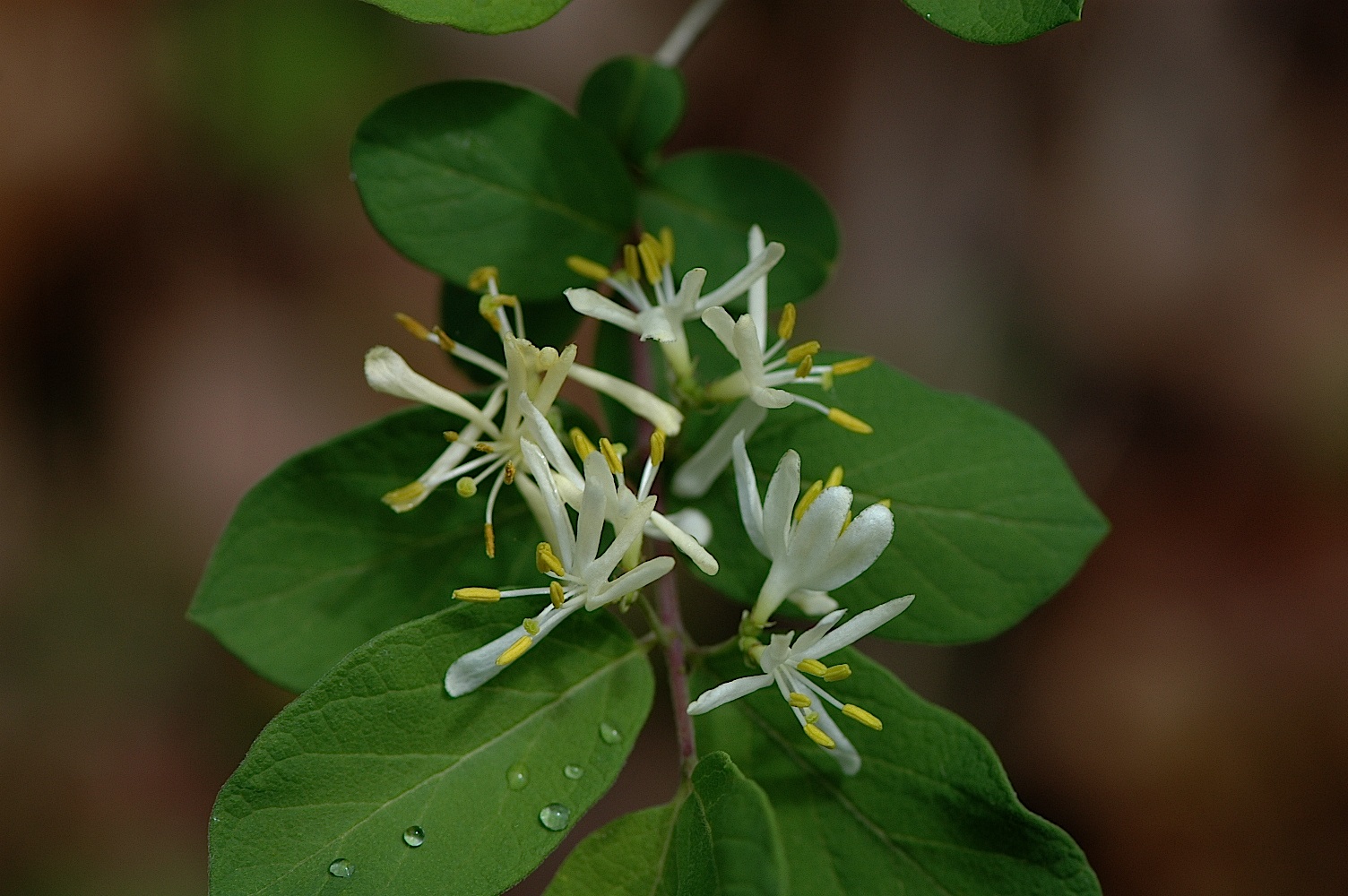
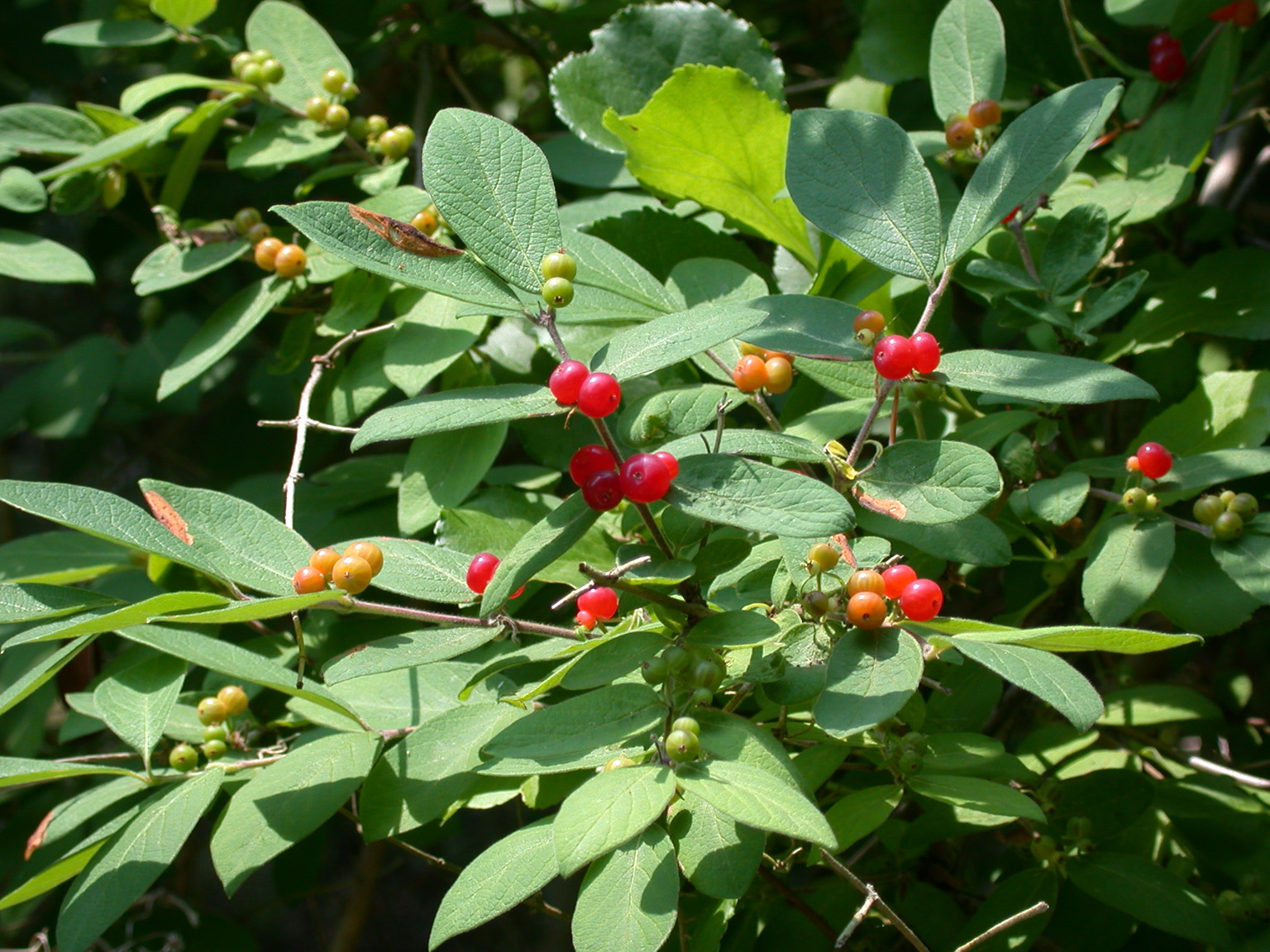
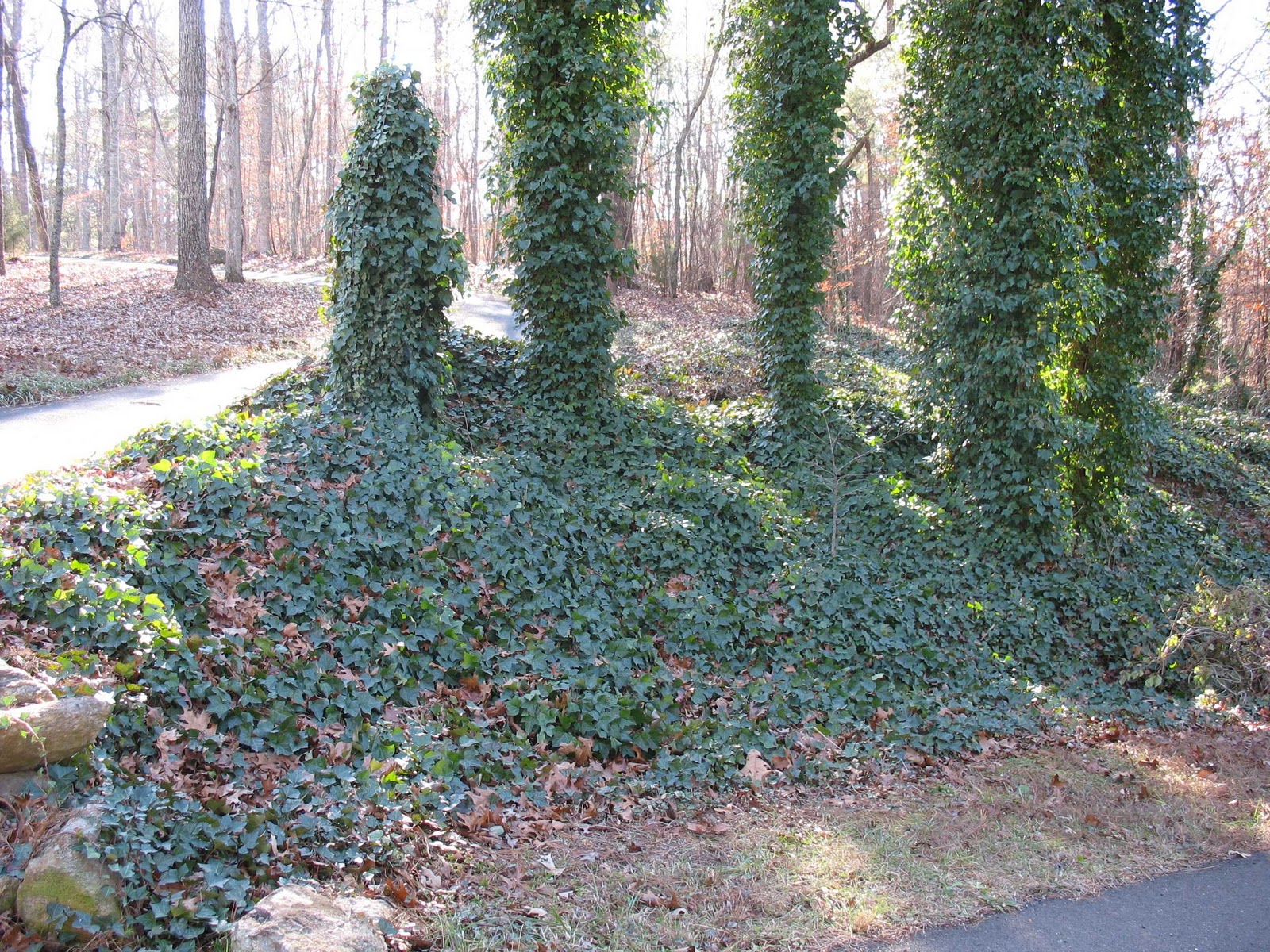
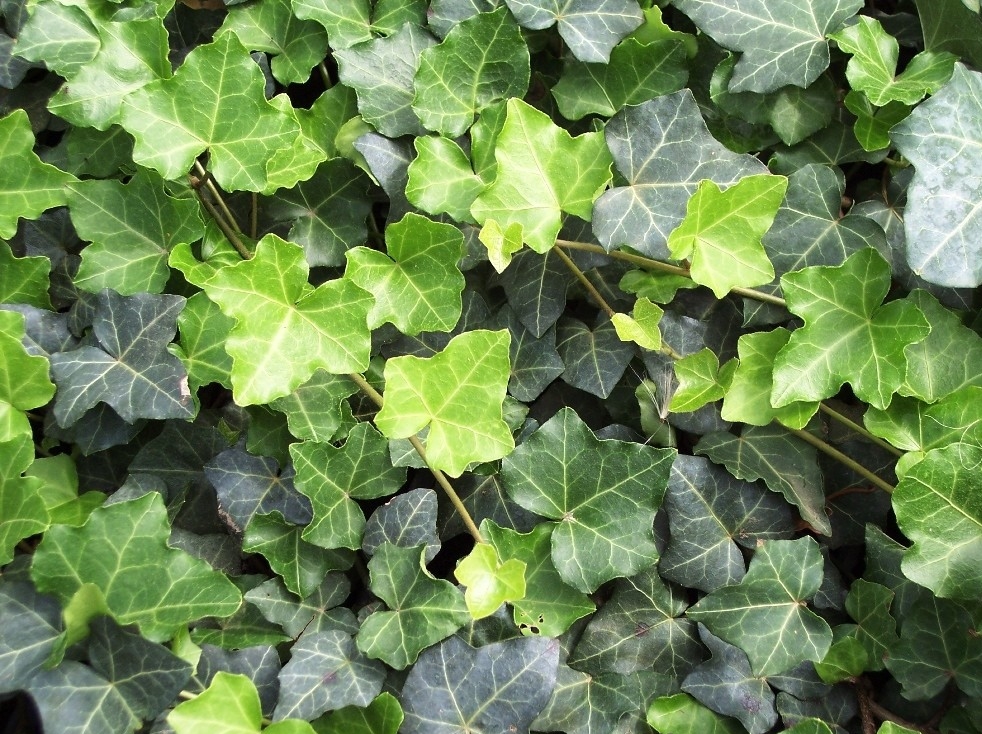

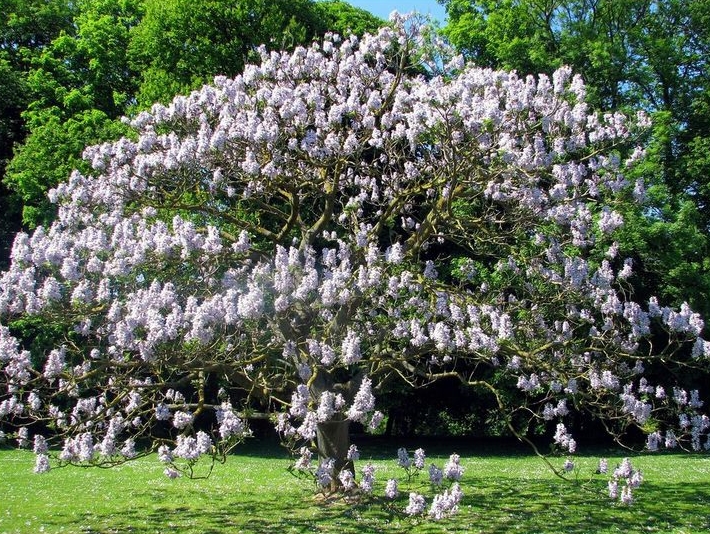
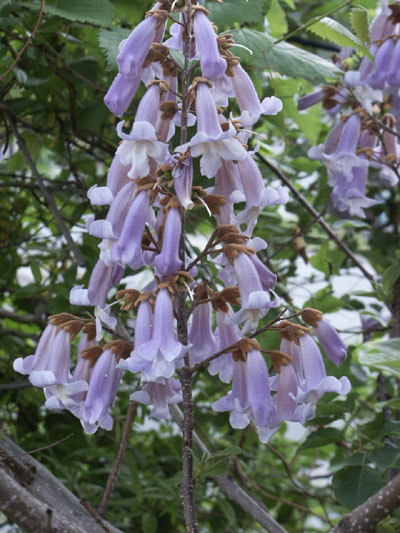





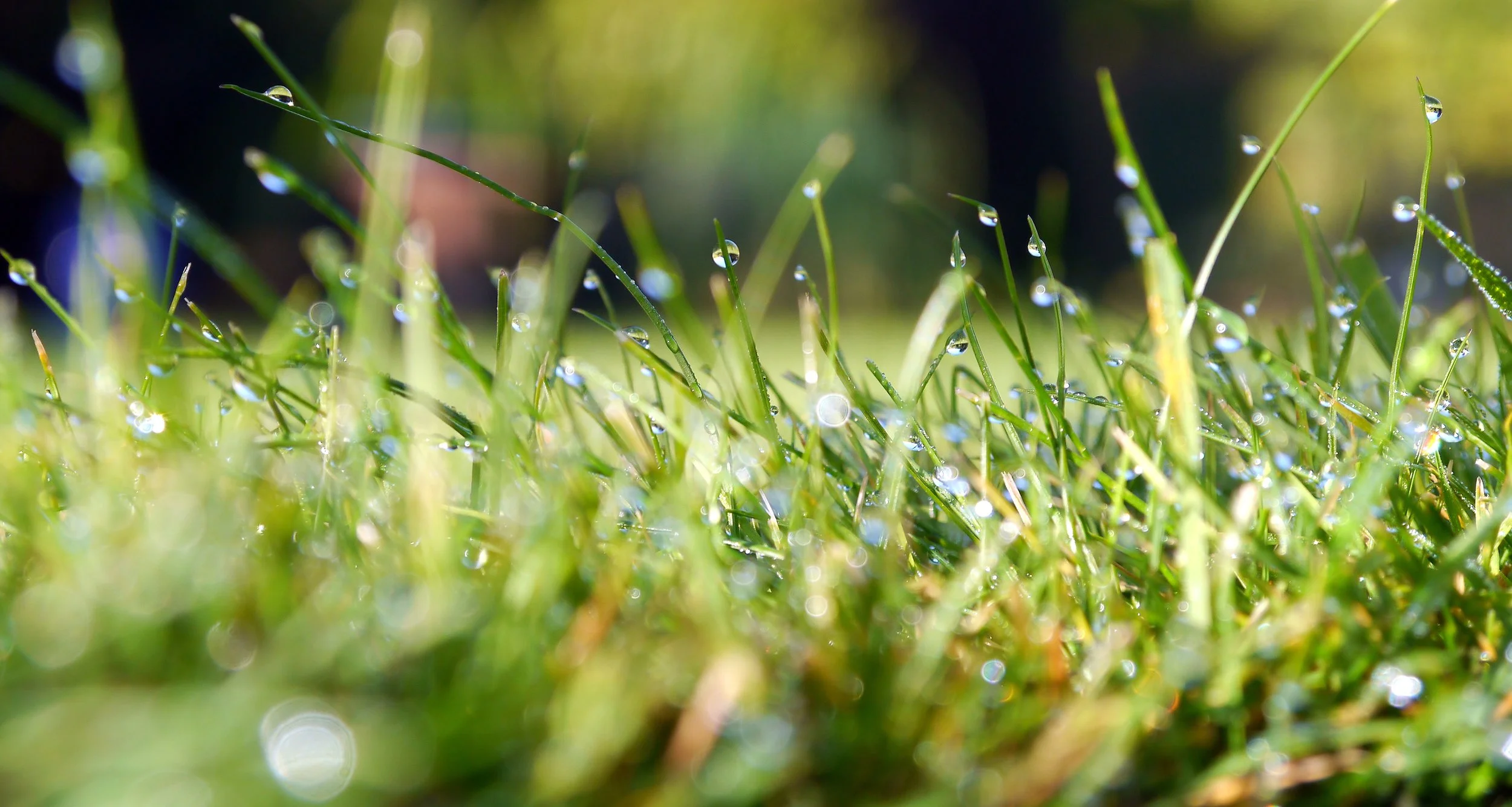




Our Potomac River region is home for many plants that serve a dual purpose! They aren’t just pretty to look at, they have other important benefits, too!
The key is, we need to protect the land and water they rely on. Without a healthy environment, these plants can’t thrive!